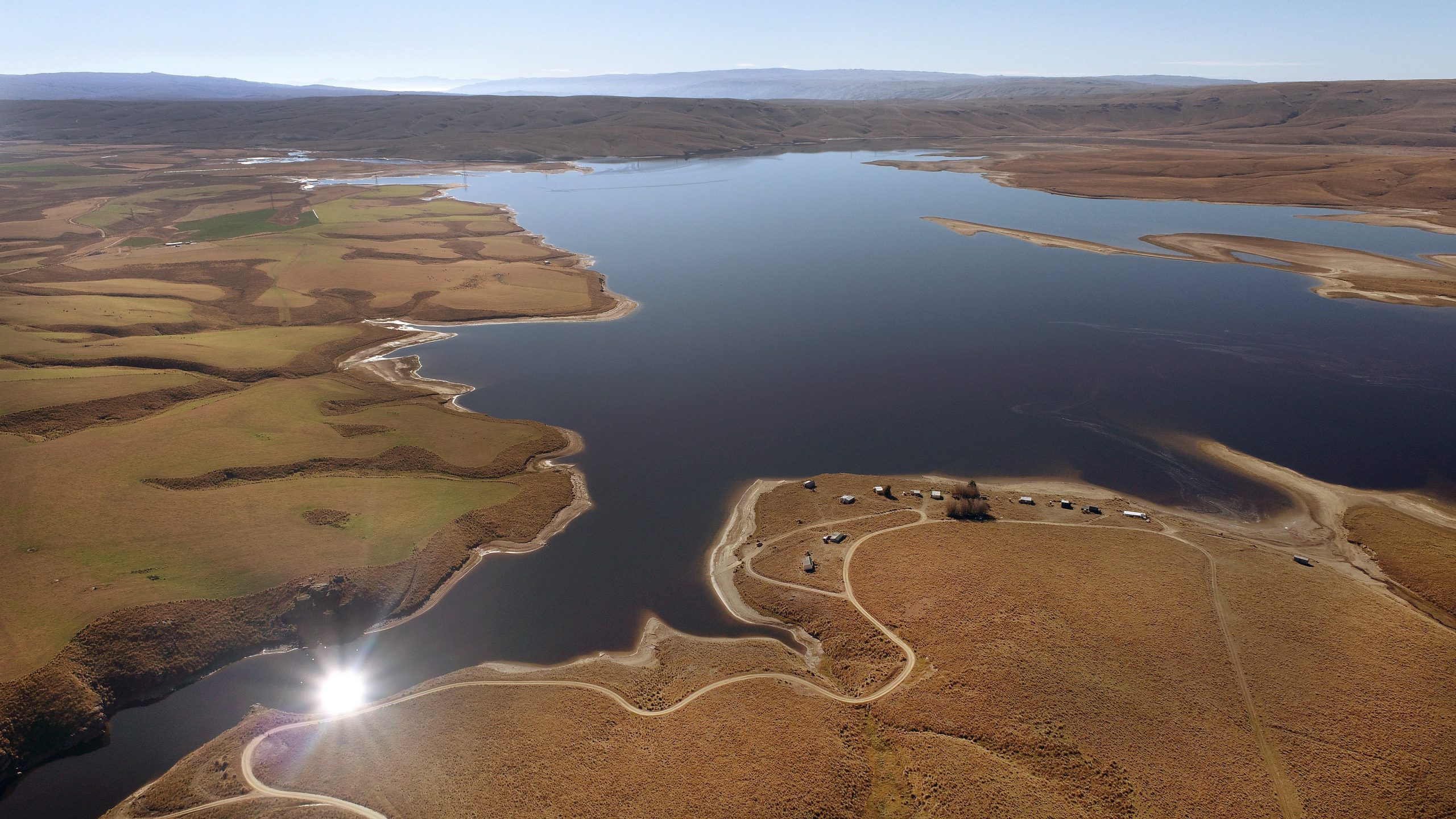THE environmental impact of the proposed Lake Onslow pumped hydro scheme could be so great present legislation would not allow it.
A report into the proposed $16 billion hydro storage lake above Roxburgh said the project would require flooding about 7000ha of land in the area, including the loss of about 1300ha of important wetland ecosystems.
Due to the scale of the expected loss — and because the Resource Management Act (RMA) did not elevate climate considerations over other environmental matters — there was a significant risk the negative effects would be considered too high for the project to receive approval, the environmental impact statement, released under the Official Information Act, said.
Instead, ‘‘bespoke legislation’’ foreshadowing forthcoming changes to the RMA would likely be required for the project to be approved, it said.
‘‘Such legislation would need to provide the project with an altered decision-making framework which reflects the importance and urgency of Aotearoa New Zealand’s climate response and provides an appropriate weighting for the benefits of the project in responding to those climate challenges.
‘‘In effect, such legislation would bring forward the expected outcomes of legislative reform and national policy direction currently under way.’’
Cabinet approved the indicative business case for the project last month when it decided to proceed to the next stage of the NZ Battery Project.
The project is investigating ways to avoid burning coal at Huntly power station to make up the electricity shortfall in dry years when hydro lake levels dropped.
Among the worst of the impacts the environmental impact statement described would be the loss of 526ha of the Fortification Creek wetland complex, considered to be nationally significant based on its size, intactness and the diversity of its plant species.
The report said habitat for nationally threatened, or at-risk species of fish, lizards, plants and birds would be lost in the flooded area.
The massive lake would cause the loss of eight recorded archaeological sites within the proposed inundation area, including one with ‘‘high’’ significance and five of medium significance.
‘‘Much of the inundated land [and existing streams and rivers] contains high to very high mana whenua, ecological, conservation and archaeological values.’’
A dam on the Teviot River would create the upper reservoir at Lake Onslow.
A lower offtake from the Clutha River would draw water into a storage reservoir beside the Clutha River at one of three sites under consideration.
A tunnel would be built to transfer water between Lake Onslow and the storage reservoir.
An underground powerhouse would be built to generate electricity as water passed from Lake Onslow into the lower storage reservoir and to pump water up from the lower reservoir into the new massive hydro lake.
Operating the lake as a hydro battery would cause significant changes in lake levels causing ‘‘a very high adverse impact’’ on the landscape character of the East Otago Uplands.
The flooding would cause the loss of 99.5% of the trout spawning habitat in the tributaries to Lake Onslow and recreational angling would suffer, the report said.
A total of 82% of the known stream habitat containing severely threatened Teviot flathead galaxias could be lost, either through inundation, or possible effects of the project’s tunnels.
Habitat for nationally endangered Burgan skink and dusky galaxias, and the at-risk southern grass skink, Otago green skink, and korero gecko would be lost or disrupted.
‘‘The unavoidable loss of regionally and nationally significant, extensive, diverse and rare wetlands is one of the most significant adverse effects of the project, which will require a focus on protecting and enhancing other similar wetlands in the local landscape, and, critically, accepting a net loss of wetland extent nationally.
‘‘This is inconsistent with national policy direction on the retention of remnant wetlands.’’
Earlier this month, NZ Battery Project manager Dave Darby said an alternative mix of hydrogen, biomass and geothermal technologies would be investigated ahead of work on the detailed business case for Lake Onslow.
The detailed business case is nevertheless expected to be developed by the end of 2024, followed by a final investment decision, which is expected to take a further two years.
– Much of the inundated land (and existing streams and rivers) contains high to very high mana whenua, ecological, conservation and archaeological values. –





